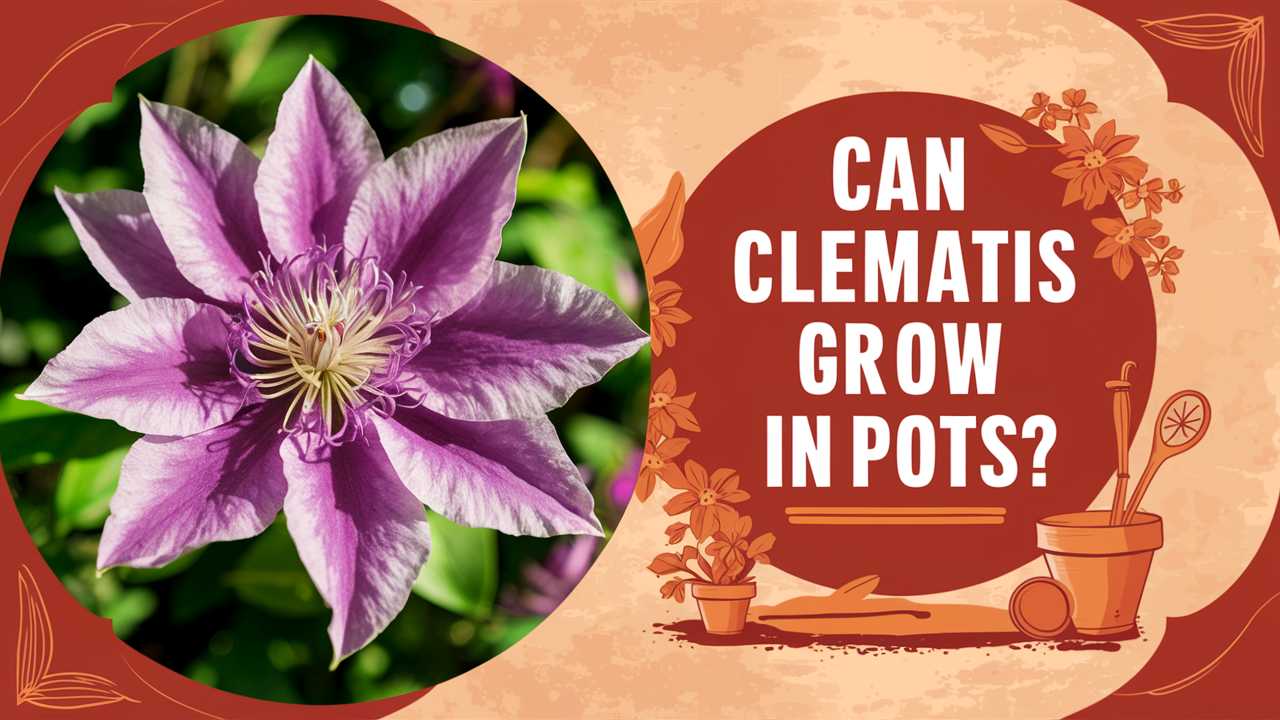This comprehensive guide will dig into all aspects of growing clematis in pots, exploring cultivation techniques, ideal conditions, care tips, and troubleshooting common issues you might face along the way.
Why Choose Clematis for Pots?

Limited Space Solutions: If you have limited garden space or just a small balcony, potted clematis offers a fantastic alternative to ground planting.
Vertical Appeal: Clematis vines are natural climbers. Growing them in pots allows you to take advantage of vertical space, adding dimension to your outdoor décor.
Flexibility in Layout: Containers give you the freedom to rearrange your plants for optimal sunlight exposure or to provide a seasonal display.
Mobility: Potted plants are easier to move. If a particular spot isn’t working or you want to bring your blooming beauty indoors to enjoy, it’s simple to relocate.
Choosing the Right Pot for Clematis
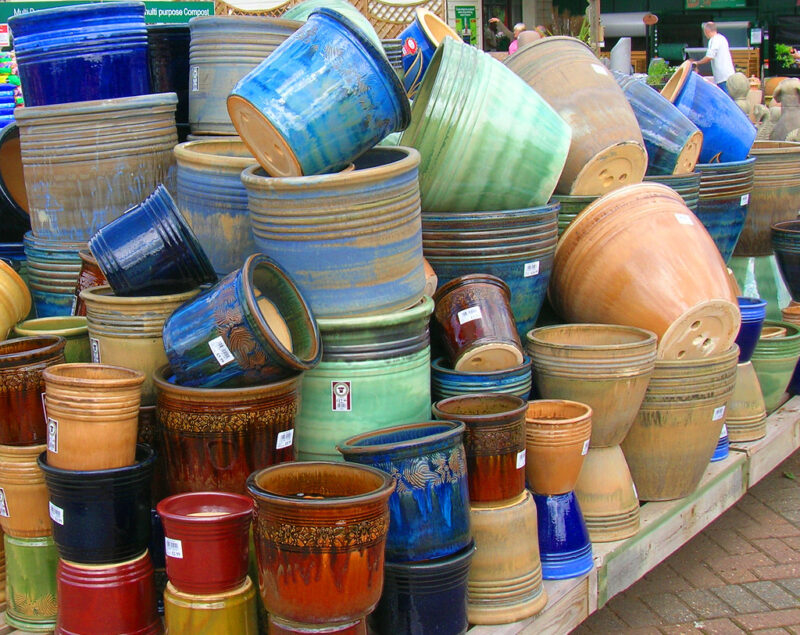
Clematis is a vigorous grower, so your choice of pot matters significantly in ensuring its successful growth. Here are key factors to consider:
Size: Opt for a pot that has a diameter of at least 12-18 inches. Clematis has a deep root system, and a larger pot allows for ample room for root development.
Material: Choose pots made from materials that retain moisture, like ceramic or plastic, as clematis prefers consistently moist soil without becoming soggy.
Drainage: Ensure that your pot has drainage holes. Poor drainage can lead to root rot—a common issue in potted plants.
Support Structures: Consider pots with built-in trellises or space to add a trellis for climbing. This is important as clematis will require support to reach its full growth potential.
Soil Requirements for Potted Clematis

For clematis in pots, soil choice is vital. A well-draining, nutrient-rich potting mix will provide the necessary nutrients while allowing excess water to escape.
Potting Mix: Use a high-quality potting mix that contains compost, peat, and perlite for good aeration. This will ensure that the roots can access nutrients effectively.
pH Levels: Clematis prefers slightly acidic to neutral soil with pH levels between 6.0 to 8.0. You can test your soil with a pH meter to ensure it’s within the preferred range.
Additives: Consider adding slow-release fertilizer to your potting mix to encourage healthy growth. Worm castings or well-rotted manure can also provide essential nutrients.
Planting Clematis in Containers
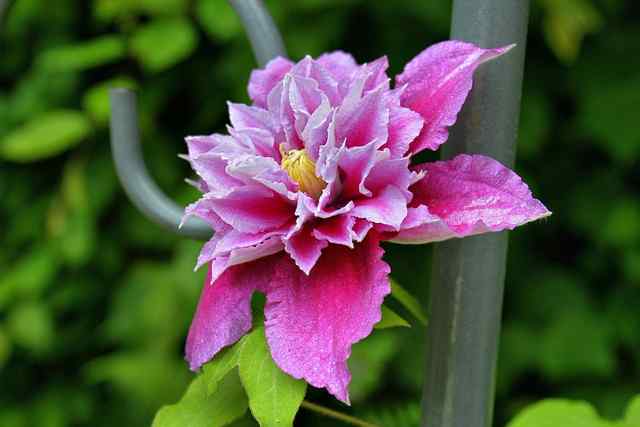
Planting clematis in pots is a straightforward process, but following some best practices will make a significant difference in your plant’s success.
Planting Time: The best time to plant clematis is during the spring or early fall when temperatures are milder.
Depth: When populating your pot, plant clematis deeper than they were in their nursery container. The top of the root ball should be a couple of inches below the rim of the pot.
Watering: After planting, thoroughly water the plant, allowing the excess to drain out. This ensures that the soil settles around the roots.
Initial Support: If your clematis is young, introduce a small stake or trellis to provide it with a starting point for growing upward.
Location and Light Requirements
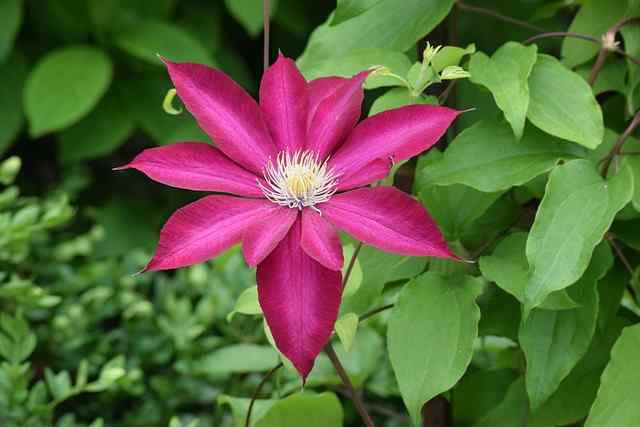
Clematis is a sun-loving plant that thrives best in locations with plenty of sunlight. However, it appreciates a little shade for its roots. Here’s how to strike the right balance:
Sun Exposure: Aim for a spot that receives at least 6 hours of direct sunlight daily. Morning sun is ideal because it helps dry the dew quickly, reducing the risk of fungal diseases.
Root Protection: While the plant enjoys sun above, keep the roots cool. Plant ground cover or mulch around the base of the plant in the pot to maintain a moderate soil temperature.
Weather Considerations: If you live in an area with extreme heat or cold, consider whisking your pots into a sheltered spot during harsh weather to protect the plant from stress.
Watering and Nutritional Needs
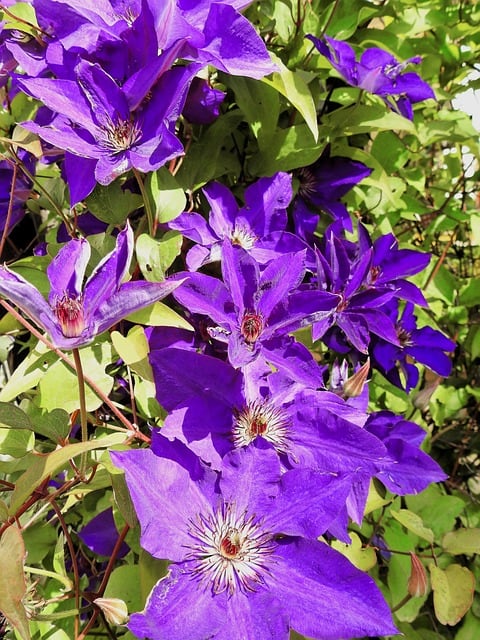
Clematis demands consistent moisture, especially when grown in pots, as containers can dry out faster than garden beds. Hence, understanding its watering and nutritional needs is crucial.
Watering Schedule: Water your potted clematis every week, and more frequently in scorching weather. Stick your finger an inch into the soil; if it’s dry, it’s time to water.
Signs of Insufficient Water: Look out for wilting or yellowing leaves, which can indicate your plant is thirsty. Proper care often involves regular checks on soil moisture.
Fertilization: Feed your clematis with a balanced, slow-release fertilizer every 4-6 weeks during the growing season. Liquid fertilizers can also be applied for a quick nutrient boost.
Pruning Clematis in Pots
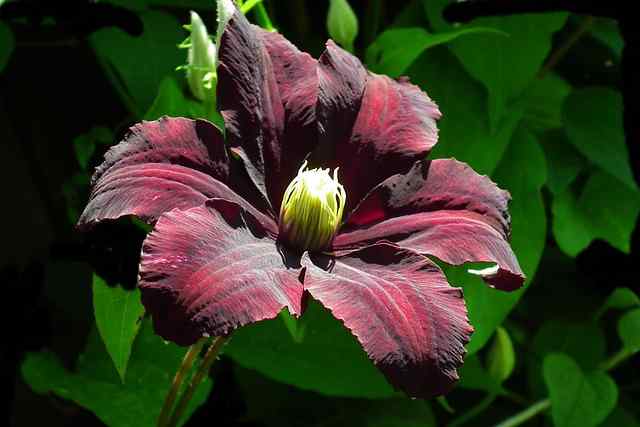
Pruning is an essential part of maintaining a healthy clematis plant. However, different varieties have distinct pruning requirements. The three groups of clematis are:
Group 1: These clematis bloom on old wood and require little to no pruning. Light pruning to remove dead or damaged stems after flowering is sufficient.
Group 2: These hybrid varieties flower on old wood in spring and new wood in summer. Prune these clematis after blooming to shape them and encourage new growth.
Group 3: These are the most vigorous growers that flower on new wood. They should be cut back to about 12-24 inches in the late winter or early spring.
Support Structures for Climbing Clematis

As a climber, clematis thrives when given appropriate support. It naturally wraps around structures with its leaf petioles, so providing a sturdy solution will enhance its growth and appearance.
Options for Support: You can add trellises, obelisks, or arbors to your pots to guide them as they grow. Choose materials that can withstand outdoor elements.
DIY Supports: If you’re creatively inclined, consider building a decorative support using wood or metal that complements your patio aesthetics while offering stability for your clematis.
Training Tips: When your clematis starts growing, gently guide the tendrils towards the support structure. This encourages them to climb rather than sprawl.
Common Issues Potted Clematis May Face
While growing clematis in pots can be straightforward, there are some challenges you might encounter. Understanding potential issues is vital to keep your plant healthy.
Yellowing Leaves: This can indicate overwatering, poor drainage, or nutrient deficiency. Review your watering schedule and inspect the soil’s drainage.
Pests: Watch for common pests like aphids or spider mites. Treat infestations with hosing down the plant or using insecticidal soap.
Fungal Diseases: Exposure to high humidity can lead to issues like powdery mildew. Ensure proper air circulation and avoid overhead watering to minimize this risk.
Winter Care: In cold climates, provide adequate winter protection. Insulate pots with burlap or move them to a sheltered area to prevent root damage.
Seasonal Care for Container-Grown Clematis
Taking care of your potted clematis requires adapting to seasonal changes. Here’s how to manage your plant as the seasons shift:
Spring: It’s crucial to start with appropriate fertilization and watering. As new growth appears, be vigilant about pests. Supporting structures should also be prepared.
Summer: During the hottest months, ensure your clematis receives enough water but avoid soggy conditions. Deadheading spent blooms encourages new blooms.
Fall: As the growing season winds down, assess your plant for any signs of stress. Prune if necessary and prepare for cooler temperatures.
Winter: Protect your pots from freezing temperatures. Either wrap the pots or move them to a more sheltered location where they can survive the harshest weather.
Conclusion: Embracing the Beauty of Potted Clematis
So, can clematis grow in pots? Absolutely! With the right care, understanding, and love, potted clematis can become a stunning feature of your outdoor space, providing joy for all who see it.


